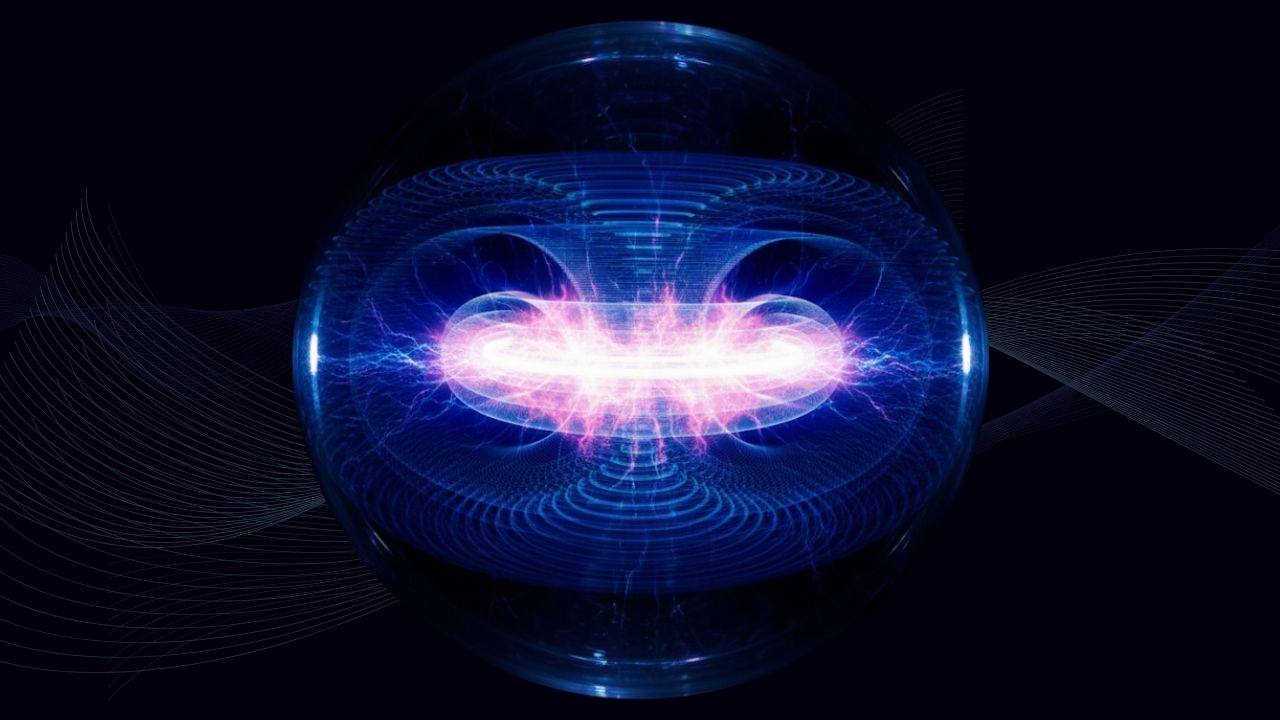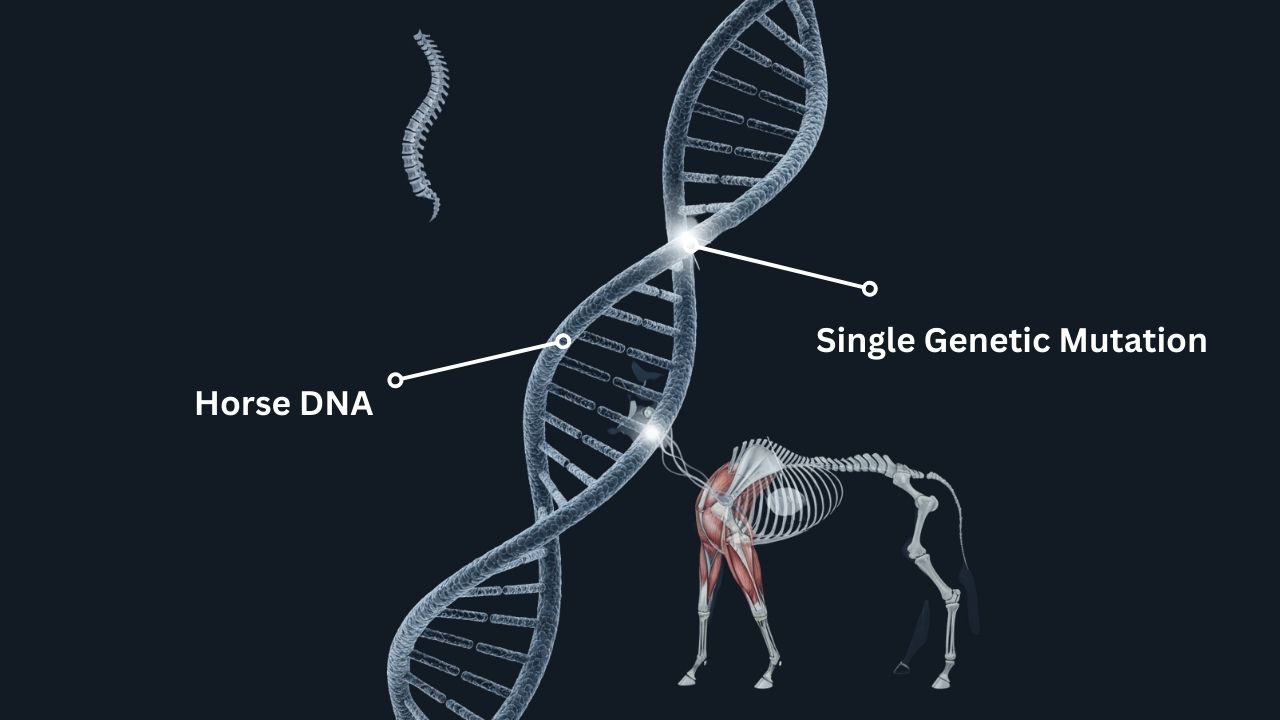Every blink in the vast cosmic ocean has a story, and in recent years, mysterious radio signals known as Fast Radio Bursts (FRBs) have been revealing one of the universe’s biggest secrets—the matter hiding between galaxies. These flashes of energy, lasting just milliseconds yet bursting with immense power, have finally allowed astronomers to uncover the location of the universe’s “missing” ordinary matter. This incredible discovery is reshaping our understanding of the cosmos.
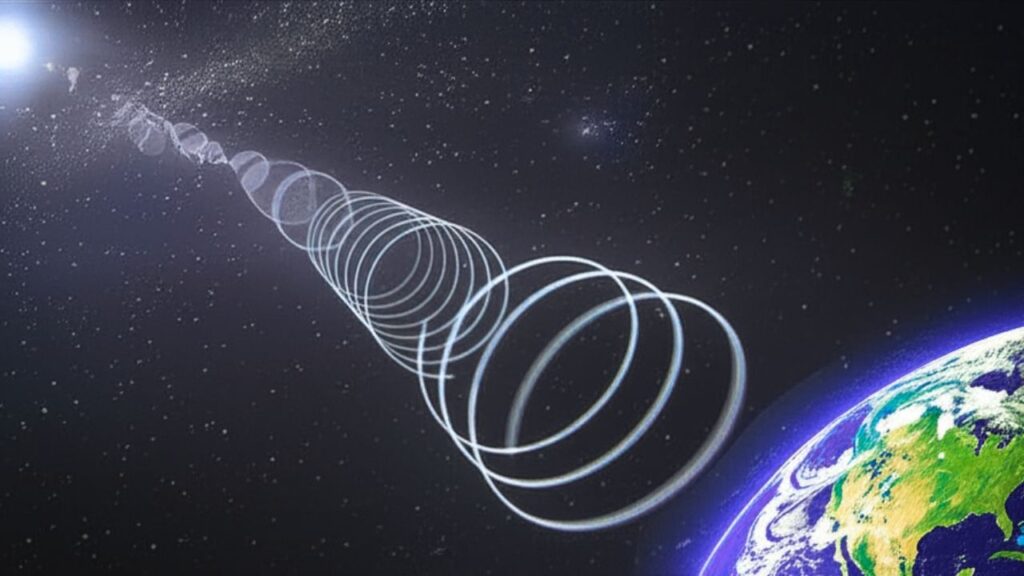
If you’ve ever wondered where most of the universe’s normal matter is hiding or how astronomers solve puzzles billions of light-years away, this article is for you. We’ll break it all down step-by-step—from understanding FRBs to revealing their role in uncovering hidden matter. Whether you’re a curious student or a seasoned professional, read on for a clear, trustworthy deep dive into this cosmic revelation.
Mysterious Radio Signals
| Topic | Details |
|---|---|
| What Are Fast Radio Bursts? | Powerful, millisecond-long radio signals from distant galaxies. |
| Discovery Year | Key studies published 2025 |
| Percentage of Missing Matter Found | 76% of ordinary matter in intergalactic space |
| Additional Matter Locations | 15% in halos around galaxies, 9% in stars and galaxies |
| Distance of Observed FRBs | Up to 9.1 billion light-years away |
| Major Contributors | Harvard Smithsonian CfA, Caltech Astronomers |
| Future Prospects | More FRBs to be detected with next-gen radio telescopes |
| Learn More | Nature Astronomy Journal |
Mysterious radio signals known as fast radio bursts have unveiled the universe’s long-lost matter hidden between galaxies. This discovery answers one of astronomy’s most pressing questions by mapping where ordinary matter resides in the vast cosmic web. Thanks to precise analysis of these powerful bursts, scientists have located 76% of this elusive matter in intergalactic space, fundamentally shifting our understanding of how galaxies form and evolve across the cosmos.
With ongoing improvements in radio telescope technology, we are on the brink of discovering even more cosmic secrets as FRBs continue to illuminate the universe’s unseen fabric.
What Are Fast Radio Bursts (FRBs)?
Fast Radio Bursts are intense, short bursts of radio waves from outer space that last just a few milliseconds. Though brief, they release as much energy in their momentary blast as the sun does over several decades.
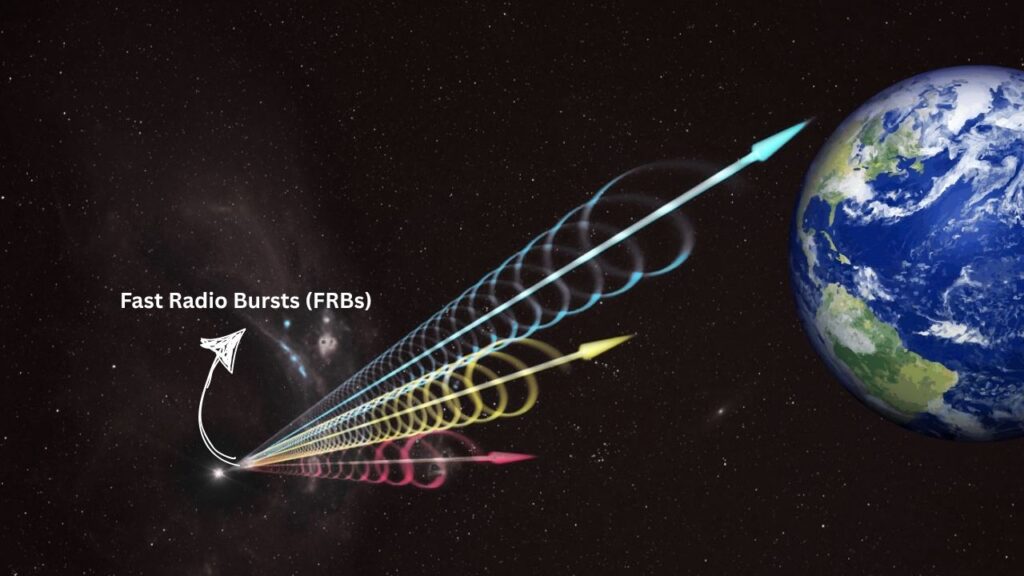
Since their discovery in 2007, astronomers have recorded over a thousand FRBs, tracing about 100 back to their originating galaxies. Their exact cause remains a cosmic mystery, with speculative ideas ranging from highly magnetized neutron stars (magnetars) to exotic cosmic events. However, their value as natural cosmic probes has become undeniable.
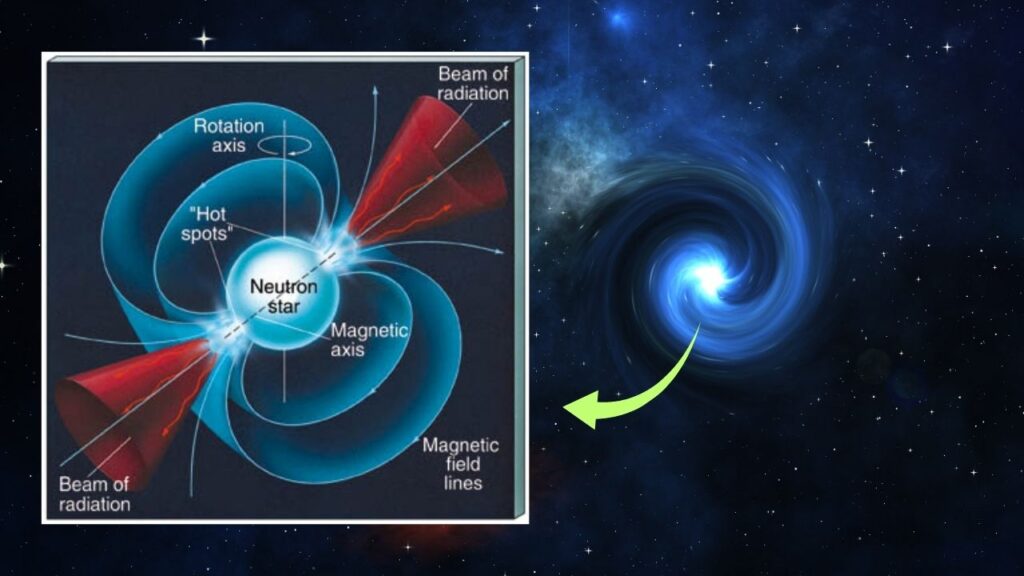
The Cosmic Puzzle: Missing Matter in the Universe
For decades, scientists believed that about half of the ordinary, or “baryonic,” matter in the universe—the stuff that makes up stars, planets, and humans—was missing from observations. Despite being one of the biggest ingredients of the cosmos, much of this matter was invisible because it was spread thinly across the vast spaces between galaxies.
Previous methods like X-ray and ultraviolet observations hinted that this missing matter might exist as very thin, warm gas in the intergalactic medium (IGM), but detecting it was near impossible due to its faintness.
How FRBs Helped Solve This Mystery
That’s where FRBs come in. When these powerful signals travel billions of light-years to Earth, they pass through gas and matter in intergalactic space. This matter slightly slows down and disperses the radio waves—a process called dispersion.
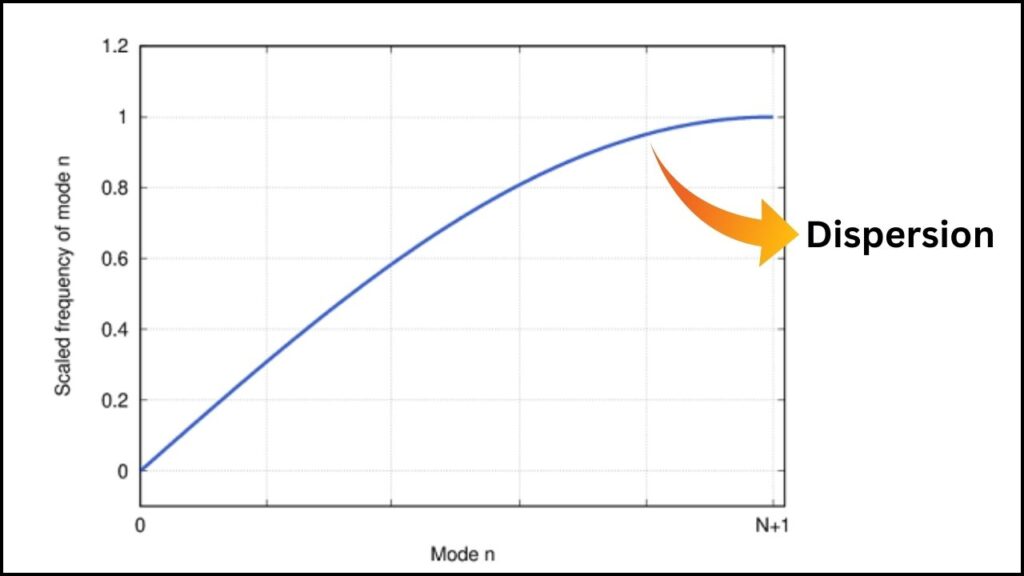
By carefully measuring how much the FRB signals are delayed or slowed, astronomers can estimate how much matter the signals passed through. Think of FRBs as cosmic flashlights shining through fog: although you can’t see the fog itself clearly, you can tell it’s there because it dims and distorts the light.
Using this technique, researchers analyzed 69 FRBs, including signals as far as 9.1 billion light-years away. They found that approximately:
- 76% of the universe’s ordinary matter floats between galaxies in the intergalactic medium.
- 15% is tied up in large, warm gas halos surrounding galaxies.
- Only about 9% exists as stars, planets, or dense cold gas inside galaxies.
This confirmation is a landmark solution to the “missing baryon problem”—identifying where the ordinary matter actually is, rather than questioning if it exists.
The Research Journey and Professional Insights
This breakthrough came from a collaboration of leading astronomers at institutions such as the Harvard Smithsonian Center for Astrophysics and Caltech. Their study was published in the prestigious Nature Astronomy journal in June 2025.
Liam Connor, the lead author and Harvard astronomer, said, “The decades-old ‘missing baryon problem’ was never about whether the matter existed. It was always: Where is it? Now, thanks to FRBs, we know: three-quarters of it is floating between galaxies in the cosmic web.“

Vikram Ravi, a co-author at Caltech, compared FRBs to shadows that reveal the presence of otherwise invisible matter. This discovery not only proves where the matter hides but enhances our understanding of how galaxies develop and evolve. Matter is constantly pulled into galaxies by gravity, but energetic events like exploding stars and supermassive black holes can eject gas back into space, maintaining a cosmic balance.
Practical Implications: Why This Matters
Understanding where ordinary matter hides is crucial for multiple reasons:
- It explains the large-scale structure of the universe and how the cosmic web—the vast network of matter connecting galaxies—forms and behaves.
- It helps refine cosmological models and simulations for galaxy formation and evolution.
- It provides a new technique through FRBs to map the universe with precision, opening doors for future discoveries.
- It establishes a foundation to study dark matter and cosmic expansion with better clarity.
As Caltech plans to build a new radio telescope in Nevada capable of detecting up to 10,000 FRBs annually, the future looks bright. This will allow astronomers to map the universe’s hidden structures with unprecedented detail.
A Step-by-Step Guide to Understanding How FRBs Reveal Hidden Matter
Step 1: What is an FRB?
- Ultra-brief, energetic bursts of radio waves from space.
- Can release energy equivalent to the sun’s output over decades but in milliseconds.
Step 2: How FRBs Travel Through Space
- As FRB signals journey toward Earth, they pass through different cosmic materials.
- Intervening matter disperses the signal frequencies, causing measurable delays.
Step 3: Measuring the Delay (Dispersion)
- Scientists use radio telescopes to detect how much the signal is delayed.
- The amount of delay tells them how much matter the burst went through.
Step 4: Mapping the Invisible Matter
- By studying many FRBs from different distances and directions, astronomers create a 3D map of baryonic matter.
- This map reveals matter spread thinly in intergalactic space, previously undetectable.
Step 5: Applying the Knowledge
- The distribution data helps improve models of the universe’s structure.
- Reveals mechanisms like gas ejection from galaxies affecting matter distribution.
Astronomers Spot Most Distant Fast Radio Burst Just 3 Billion Years After the Big Bang
Scientists Detect Mysterious Radio Pulses Coming From Deep Beneath Antarctic Ice Sheet
Quantum Clock Networks: The Next Leap in Timekeeping and Science
FAQs About Mysterious Radio Signals
Q1: What exactly is the “missing matter” in space?
It’s ordinary, or baryonic, matter made of atoms that were not detected directly because it’s spread thinly between galaxies as hot gas.
Q2: Are FRBs dangerous or artificial signals?
No, FRBs are natural astronomical phenomena, and while their exact origin is still studied, they pose no danger.
Q3: How do astronomers detect FRBs?
Using arrays of sensitive radio telescopes capable of capturing high-frequency radio waves.
Q4: Could this discovery affect our understanding of dark matter?
Indirectly, yes. Understanding baryonic matter distribution helps separate it from dark matter effects and refine cosmic models.
Q5: Can everyday people observe FRBs?
No, FRBs require large, specialized radio telescopes and are invisible to the naked eye.


